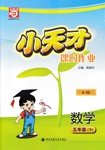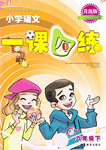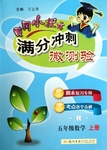题目内容
阅读下面材料,在空白处填入适当的内容(不多于3个单词)或括号内单词的正确形式。
Once a farmer lost his watch in his barn, in which lots of grain was kept. The watch, 1. was a gift from his father, was very important to him and he was determined to find it.
After searching the barn for a long time, however, he gave up and asked for help from a group of children who were playing nearby. He promised to give a great reward to 2. found the watch.
3. (hear) this, the children hurried inside the barn immediately. 4. searched everywhere but still could not find the watch buried in the grain. The farmer was about to give up 5. a little boy went up to him and asked to be given 6. second chance.
The farmer looked at him and thought, “Why not? After all, this kid looks honest.”
So the farmer sent the little boy back into the barn. After a while the little boy came out 7. the watch in his hand! The farmer, 8. (surprise) but happy, asked the boy how he succeeded where the rest had failed.
The boy replied, “I did nothing but 9. (sit) quietly and listen for the sound of the watch.”
This shows us that sometimes a peaceful mind can think 10. (well) than an excited one.
 小天才课时作业系列答案
小天才课时作业系列答案 一课四练系列答案
一课四练系列答案 黄冈小状元满分冲刺微测验系列答案
黄冈小状元满分冲刺微测验系列答案 新辅教导学系列答案
新辅教导学系列答案 阳光同学一线名师全优好卷系列答案
阳光同学一线名师全优好卷系列答案
